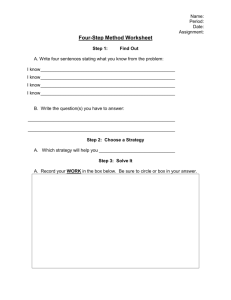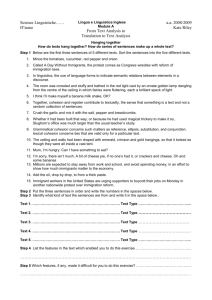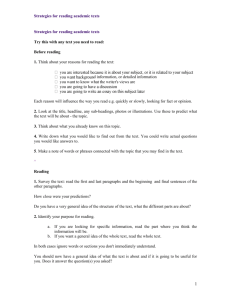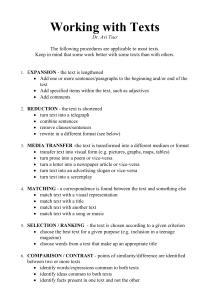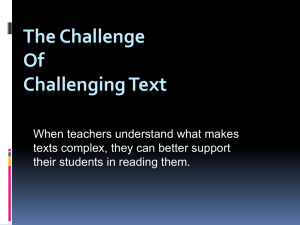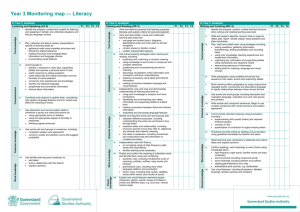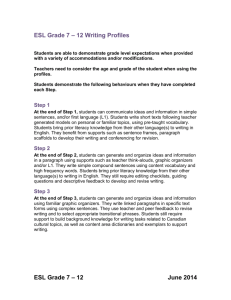Chris Moriarty Curriculum Guides - Standards
advertisement
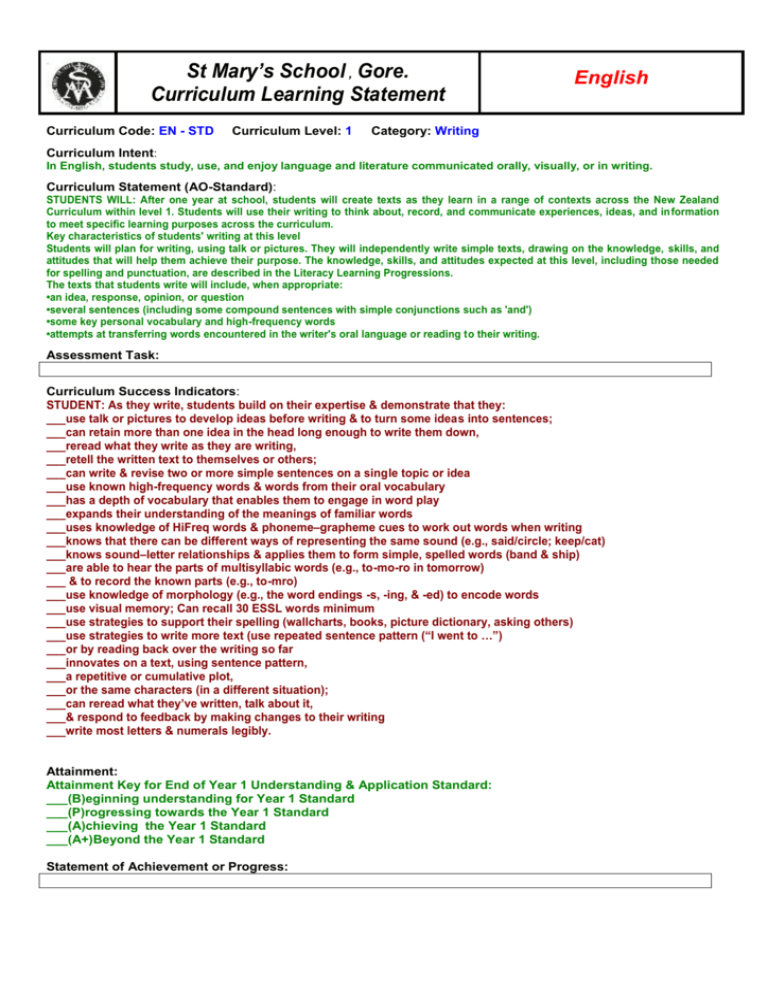
St Mary’s School , Gore. Curriculum Learning Statement Curriculum Code: EN - STD Curriculum Level: 1 English Category: Writing Curriculum Intent: In English, students study, use, and enjoy language and literature communicated orally, visually, or in writing. Curriculum Statement (AO-Standard): STUDENTS WILL: After one year at school, students will create texts as they learn in a range of contexts across the New Zealand Curriculum within level 1. Students will use their writing to think about, record, and communicate experiences, ideas, and in formation to meet specific learning purposes across the curriculum. Key characteristics of students' writing at this level Students will plan for writing, using talk or pictures. They will independently write simple texts, drawing on the knowledge, skills, and attitudes that will help them achieve their purpose. The knowledge, skills, and attitudes expected at this level, including those needed for spelling and punctuation, are described in the Literacy Learning Progressions. The texts that students write will include, when appropriate: •an idea, response, opinion, or question •several sentences (including some compound sentences with simple conjunctions such as 'and') •some key personal vocabulary and high-frequency words •attempts at transferring words encountered in the writer's oral language or reading to their writing. Assessment Task: Curriculum Success Indicators: STUDENT: As they write, students build on their expertise & demonstrate that they: ___use talk or pictures to develop ideas before writing & to turn some ideas into sentences; ___can retain more than one idea in the head long enough to write them down, ___reread what they write as they are writing, ___retell the written text to themselves or others; ___can write & revise two or more simple sentences on a single topic or idea ___use known high-frequency words & words from their oral vocabulary ___has a depth of vocabulary that enables them to engage in word play ___expands their understanding of the meanings of familiar words ___uses knowledge of HiFreq words & phoneme–grapheme cues to work out words when writing ___knows that there can be different ways of representing the same sound (e.g., said/circle; keep/cat) ___knows sound–letter relationships & applies them to form simple, spelled words (band & ship) ___are able to hear the parts of multisyllabic words (e.g., to-mo-ro in tomorrow) ___ & to record the known parts (e.g., to-mro) ___use knowledge of morphology (e.g., the word endings -s, -ing, & -ed) to encode words ___use visual memory; Can recall 30 ESSL words minimum ___use strategies to support their spelling (wallcharts, books, picture dictionary, asking others) ___use strategies to write more text (use repeated sentence pattern (“I went to …”) ___or by reading back over the writing so far ___innovates on a text, using sentence pattern, ___a repetitive or cumulative plot, ___or the same characters (in a different situation); ___can reread what they’ve written, talk about it, ___& respond to feedback by making changes to their writing ___write most letters & numerals legibly. Attainment: Attainment Key for End of Year 1 Understanding & Application Standard: ___(B)eginning understanding for Year 1 Standard ___(P)rogressing towards the Year 1 Standard ___(A)chieving the Year 1 Standard ___(A+)Beyond the Year 1 Standard Statement of Achievement or Progress:

